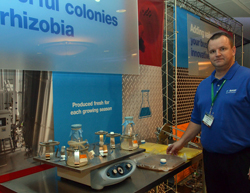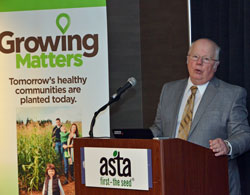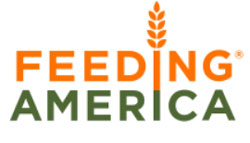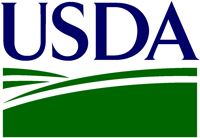 The collection of data is important when it comes to monitoring the PRRS virus. But what do you do with all those numbers once you have them? Dr. Enrique Mondaca, Boehringer Ingelheim (BIVI), hit on that during BIVI’s session at the North American PRRS Symposium last week in Chicago.
The collection of data is important when it comes to monitoring the PRRS virus. But what do you do with all those numbers once you have them? Dr. Enrique Mondaca, Boehringer Ingelheim (BIVI), hit on that during BIVI’s session at the North American PRRS Symposium last week in Chicago.
The Swine BioPortal is an answer to how veterinarians and producers can better evaluate all the sequences of data. “Managing these huge amounts of data is difficult when you try to generate sub-sets of information. A lot of times you are not interested in looking at all those hundreds of thousands of sequences.” In a matter of seconds, the portal allows you to only select sequences you are interested in at any given time. This data can also be compared to others in a specific geographical area.
In my interview with Dr. Mondaca, he goes on to share more about the different types of sub-sets the Swine BioPortal has to make the evaluation of data much easier for the end user. Interview with Dr. Enrique Mondaca, Boehringer Ingelheim
Find all the photos from the event here: 2014 BIVI PRRS Seminar Photo Album 2014 BIVI PRRS Seminar Photo Album











